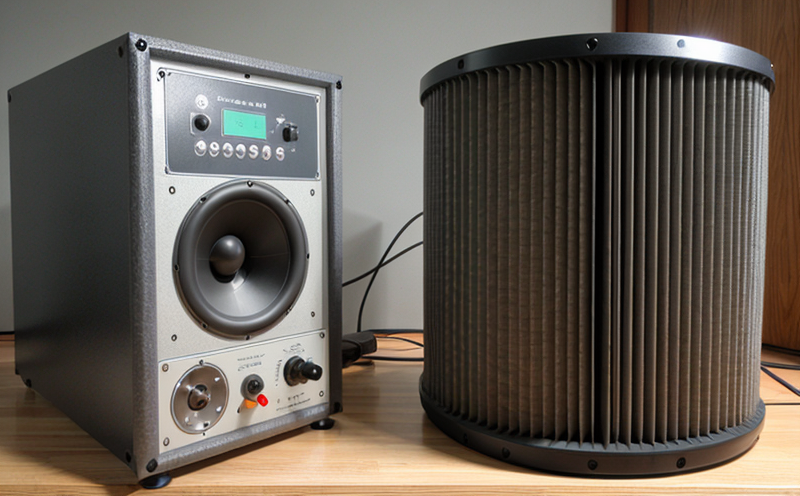ISO 2631-1 Whole Body Vibration Testing for Crew Comfort
In marine and ship equipment testing, ensuring crew comfort is a critical factor that influences operational efficiency and crew well-being. The ISO 2631-1 standard provides a framework to assess the level of whole body vibration (WBV) experienced by crew members during their work on board ships. This test is crucial for manufacturers and operators who aim to comply with health and safety regulations, enhance crew comfort, and improve overall vessel performance.
The ISO 2631-1 standard defines the procedures for measuring and evaluating WBV in a seated position. It is particularly relevant for assessing the impact of vibrations on personnel working within enclosed spaces such as engine rooms, control rooms, and other areas with high vibration exposure. This service ensures that equipment and design meet international standards, thereby protecting crew health.
The testing process involves several key steps: initial equipment setup, data collection, analysis, and reporting. The test setup typically includes a seat attached to an accelerometer, which measures the vibrations transmitted through the seat. Crew members are seated in this apparatus for a specified duration (typically 15 minutes), during which time the system records vibration levels at various frequencies.
The data collected is then analyzed using statistical methods prescribed by ISO 2631-1 to determine compliance with acceptable limits. Compliance ensures that crew members do not experience excessive WBV, which could lead to discomfort or health issues such as muscle strain and fatigue. The service also includes a detailed report outlining the findings, including recommendations for equipment modifications if necessary.
Understanding the context of marine environments is essential when interpreting test results. Ships operate in dynamic conditions with varying levels of vibration due to engine noise, wave motion, and other factors. Therefore, testing must account for these variables to provide accurate insights into crew comfort. This service not only adheres to ISO standards but also integrates practical knowledge of marine environments to ensure comprehensive evaluation.
Accurate data collection is paramount in this process. The use of high-quality accelerometers and precise measurement techniques ensures reliable results, which are crucial for regulatory compliance and continuous improvement efforts. Compliance with ISO 2631-1 helps manufacturers design safer and more comfortable equipment, ultimately contributing to a healthier work environment on board ships.
| Standard | Description |
|---|---|
| ISO 2631-1:2014 | Method for evaluation of human exposure to whole-body vibration, part 1 - General requirements and guidance. |
Applied Standards
The ISO 2631-1 standard is the primary reference for this service. It provides comprehensive guidelines on how to measure and evaluate WBV exposure in seated positions, which are particularly relevant for crew members working in enclosed spaces aboard ships. The standard specifies the methods for data collection, analysis, and reporting, ensuring that all measurements are conducted consistently across different environments.
The application of ISO 2631-1 ensures that test results are comparable and reliable, meeting both regulatory requirements and industry best practices. Compliance with this international standard is essential for manufacturers to demonstrate their commitment to crew safety and comfort. Additionally, it provides a benchmark against which improvements in equipment design can be evaluated.
Why Choose This Test
- Ensures compliance with international standards (ISO 2631-1).
- Evaluates the impact of vibrations on crew comfort and health.
- Promotes safer working conditions by identifying potential hazards early.
- Supports continuous improvement in equipment design to enhance crew well-being.
Customer Impact and Satisfaction
- Enhanced regulatory compliance leading to fewer fines or penalties.
- Increased crew satisfaction due to improved working conditions.
- Potential reduction in health-related complaints from crew members.
- Improved vessel performance through optimized equipment design.





